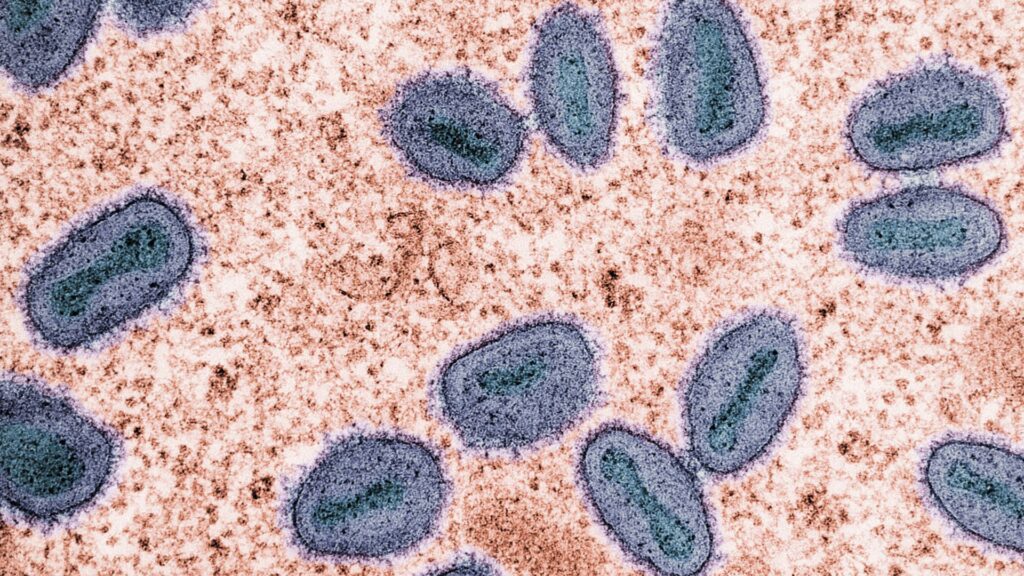
Unsurprisingly, winter sees its fair share of viruses doing the rounds. And now, South Africa is witnessing an outbreak of mpox (previously known as monkeypox). As of June 2024, the South African government has confirmed 16 cases of mpox since the outbreak in May 2024. These confirmed diagnoses come from laboratory testing. All cases are males, aged between 23-43 years old.
What is mpox?
Mpox is an infectious disease caused by the monkeypox virus. Per the South African government, “it can be transmitted to a person through contact with the virus from an animal, human, or materials contaminated with the virus.”
Anyone can become infected, regardless of age, sexual orientation, gender or race. The people most at risk include children, pregnant people and those with chronic conditions (like HIV, TB or diabetes). While the virus is preventable and treatable, three people have died in South Africa from mpox.
Mpox can spread by:
- touching, kissing or having sex with an infected person
- hunting, skinning or cooking infected animals
- being in contact with contaminated materials like sheets, needles or clothes
- passing on the infection to your baby, if pregnant
What are the symptoms of mpox?
Per the World Health Organisation (WHO), “common symptoms of mpox are a skin rash or mucosal lesions which can last two to four weeks, accompanied by fever, headache, muscle aches, back pain, low energy, and swollen lymph nodes.”
Typically, the first symptoms include a sore throat, fever and muscle aches.
For some people, the first symptom may be a rash – but everyone is different. The rash can appear anywhere on the body. Your rash could appear:
- on the palms of your hands or the soles of your feet
- on your face, mouth or throat
- in the groin or genital area, including the anus
Some people also have painful swelling of their rectum or pain and difficulty when peeing.
What to do if you have mpox
According to a statement released by the National Institute for Communicable Diseases, “The Department of Health urges members of the public who experience suspected symptoms of Mpox disease to visit their nearest healthcare provider for screening and testing to ensure early diagnosis and effective treatment to prevent further spread of the disease.”
For treating mpox, the focus is on treating the rash, managing pain and preventing complications. The recovery from mpox could take two to four weeks.
The WHO recommends staying home, treating your symptoms and isolating from others. If you’re around others, wear a mask and cover up lesions.
To treat the rash, the WHO recommends the following:
- cover lesions when around others
- do sitz baths with baking soda or Epsom salts
- take painkillers
- don’t pick at your skin or pop blisters – this can spread the rash
- clean your hands very regularly to prevent spreading the virus
Read more to stay healthy:
Adblock test (Why?)
Powered by WPeMatico
